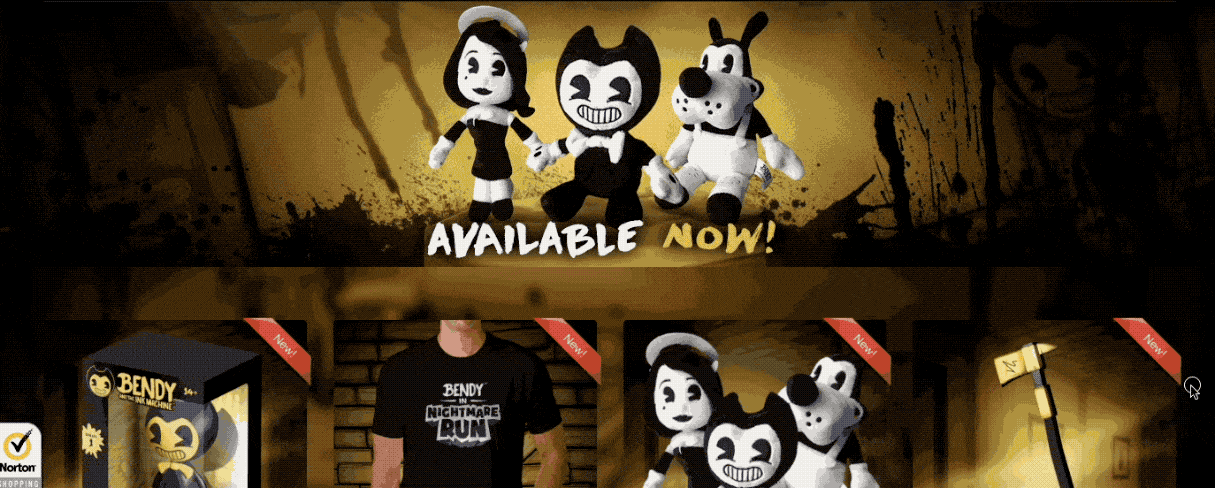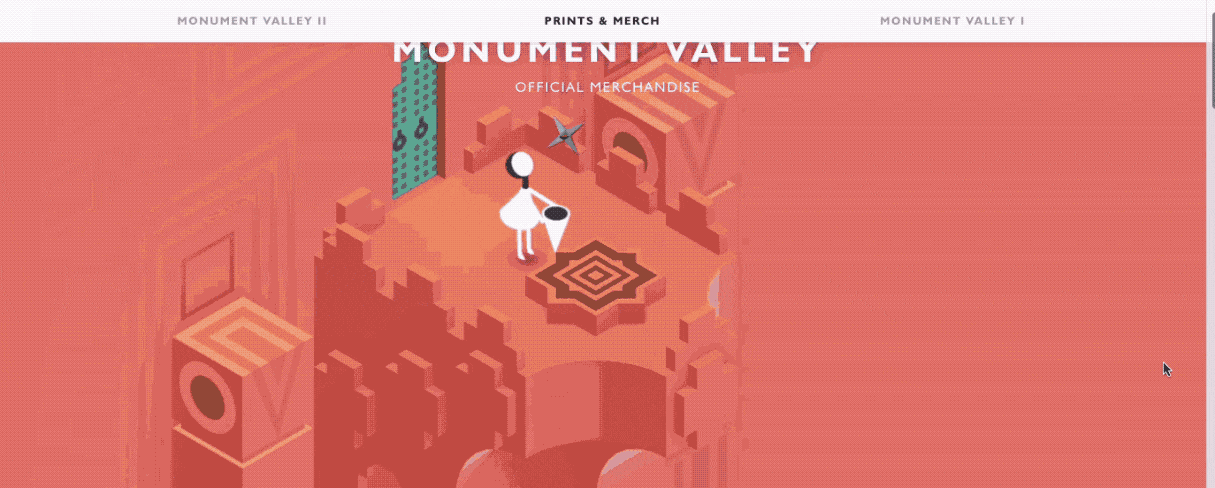When you start typing ‘how do game developers…’ into a search engine, you may assume that the top auto-complete message would be ‘make games’. Instead, the top recommended search is ‘how do game developers make money.’
In the US alone, the gaming industry was valued at $18.4 billion in 2017. However, despite the growing popularity of games—especially mobile games—many game developers are still trying to find a way to become profitable.
In the past, there were three strategies most game devs defaulted to for making money:
- Profits from sales of the game itself
- Selling virtual goods
- Ad placements in games
However, as gaming becomes more mainstream, more players are apt to show off their game fandom IRL. Merchandise and collectables not only help to deepen game affinity by providing a tangible connection to their favorite digital world, but also represent part of a $13 billion industry in the US.
Furthermore, given that the average gamer is 38 years old, gone are the days of teenage consumers using their allowance to buy games, and here comes the age of adults buying game vinyls to showcase on their desk at work. When trying to monetize a game, merchandise sales should be a top consideration .
.
Whether you’re a game developer yourself, have clients who are game developers, or simply want to find a way to get into this multi-billion dollar industry, we’ve outlined some key ways you can help wins hearts and wallets from the gaming industry.
Developing product sourcing apps
Many game developers are busy building game experiences and don’t know where to begin when it comes to creating and sourcing game merchandise. For them, the simplest solution may be using a product sourcing app. This helps make it so much easier to find merchandise ideas, create custom items, and not have to worry about inventory and fulfillment.
While there already are some great dropshipping and print-on-demand solutions, creating an app curated more towards this specific segment can help you increase the likelihood of app adoption by game developers. We always recommend focusing on merchant pain points to find success , and this is certainly a pain point game developers will appreciate help with.
, and this is certainly a pain point game developers will appreciate help with.
You might also like: Introducing BuyButton.js – Shopify's New JavaScript Library.
Building action-packed storefronts
All marketing specialists know that brand experiences should be kept consistent between properties. For games that are filled with stunning graphics and action-packed sequences, this means that the store where they sell merchandise should have the same feel.
Like with product sourcing, building a beautiful online store may not be within scope for busy game developers working on improvements or future levels to their game. This is where Shopify Experts come in to bring the ‘pow!’ that helps drive merchandise sales.
Need more proof that games topping the charts also have top-notch stores? Bendy and The Ink Machine, which was rated one of the top horror games of 2017, has an online store that mirrors the same dark and creepy feel as their game.

Another example is the store experience of Monument Valley. This game is known for its whimsical feel and stunning visuals, which helped it earn an Apple Design award. This same award-winning look and feel has been applied to their online store.

You might also like: Why You Should Build Apps That Address Merchant Pain Points.
Building online stores directly into games
With the rise in smartphone usage, it’s no shock that 42 percent of all game sales come from mobile games. This means that similar to how retailers look to create mobile-optimized stores for m-commerce, mobile games also need a smartphone-centric solution .
.
One way to optimize the merch store experience for mobile gamers is to embed the store directly into the game itself. Imagine seamlessly purchasing game collectibles without having to navigate outside of the game—it’s a solution customers will love.
To create this in-game commerce experience, game developers or their partners can use tools such as Shopify’s Shopify SDK for Unity. With this package, you can quickly and seamlessly connect a Shopify store to a Unity game. You can also design and implement any customizations to help the store branding match the game, and can handle checkouts natively with Apple Pay or web checkout.
One great example of how the Shopify SDK for Unity has been used to create a seamless in-game store is the experience within popular mobile game Alto’s Adventures:
You might also like: How to Embed Shopify Stores into Mobile Games With the Shopify SDK for Unity.
Build the future of commerce for game developers
Gaming is a high-growth industry and it doesn’t look like consumer demand is going away anytime soon. To get in on this multi-billion dollar opportunity and to help game developers make money online, get involved today by building an app, store, or in-game commerce experience.
Read more
- How to Work with Shopify’s query Argument in GraphQL
- 6 Phases of the App Development Process: From Idea to Post-Launch
- 10 Usability Heuristics and How to Apply Them to App Design
- 10 Useful Newsletters for Keeping Web Developers Current
- Shopify Webhooks: How to Prep Your App This Black Friday/Cyber Monday
- How to Level Up Your App with Theme App Extensions
- Use the Kit Skills App Extension to Engage Your Users Conversationally
- Creating Accessible React Native Apps
- How to Optimize API Rate Limits
- 6 New App Ideas That Need To Be Made in Shopify
Already building custom stores for games? Let us know in the comments below!

